The Ho Chi Minh City Museum of History is a place to display and introduce to the public 12 national treasures, all of which are unique, belonging to the Buddhist and Hindu art of the Phu Nam - Oc Eo culture (1st - 7th century), Champa culture (2nd - 17th century), such as: Buddha statue in the Amaravati art style, statue of Vishnu, statue of goddess Durga, statue of Bodhisattva Avalokitesvara... Every day, the museum attracts a large number of domestic and international tourists, so the protection work has been strictly strengthened.
National treasures at the Ho Chi Minh City Museum of History are protected in glass frames.
PHOTO: QUYNH TRAN
Dr. Hoang Anh Tuan, Director of the Ho Chi Minh City Museum of History, said: "Currently, we have assigned a security force of 10 specialized people to be on duty regularly, using self-balanced funds. We urge our brothers to work with a high sense of vigilance and utmost responsibility. This team has the expertise to be able to handle emergency incidents well, ensuring security, order and safety for the displayed treasures."
Before the unfortunate incident in Hue , almost all national treasures at the Ho Chi Minh City Museum of History were placed in sturdy glass frames with QR codes for visitors to find out information themselves, avoiding direct contact with the artifacts. Only the set of Buddha statues made of Lagerstroemia wood (recognized as a national treasure in 2013) remains because of its size, so the museum is promoting the work of protecting it, covering it with glass taller than a person and is waiting for more funding to complete it.
At the Ho Chi Minh City Fine Arts Museum, two national treasure paintings, Spring Garden of Central and South North by Nguyen Gia Tri and Thanh Nien Thanh Dong by Nguyen Sang, are monitored 24/7 by infrared cameras. "Because the Spring Garden of Central and South North is 5 meters long, experts believe that installing thick glass will certainly reduce its aesthetic value and hinder its enjoyment. Therefore, we are considering it. In addition to regularly monitoring the status of national treasures, the museum has developed and submitted to competent authorities a protection and preservation plan, including the installation of standard glass. Currently, the museum has assigned additional staff to increase support and survey the use of protective glass. However, we still have to leave a natural art space for visitors, not creating a feeling of suffocation and tension," said Pham Ngoc Uyen, Deputy Director of the Ho Chi Minh City Fine Arts Museum.
Coming to the Ho Chi Minh City Museum, where two national treasures are on display: the unique bronze Luong Tai Hau seal, cast in the 14th year of Minh Mang (1833), and the 5-dong bill printing mold from 1947, made from copper alloy, we see that security work is being given top priority. According to Director of the Ho Chi Minh City Museum Doan Thi Trang: "We are divided into inner and outer zones 24/24 hours. Outside, the security force welcomes guests and ensures security and order. Inside the exhibition area, 15 personnel are divided into shifts for each position, under the management of the general department to coordinate together. At the position of the two national treasures displayed in the glass cabinet, the museum has fully sealed and monitored daily."
Ho Chi Minh City Museum of Fine Arts assigned security forces to the area displaying the lacquer painting Thanh Nien Thanh Dong.
PHOTO: QUYNH TRAN
"In addition to the important issue of human resources, the Ho Chi Minh City Museum also has a modern monitoring system, alarms when there are incidents... so it basically meets the requirements, contributing to promoting the value of artifacts to visitors. However, in the coming time, museums also need more systematic investment to do a good job of preserving and protecting national treasures," Ms. Trang emphasized.
Remove bottlenecks
Protecting national treasures is not only the professional responsibility of museums, but also the mission of preserving national memories and identity. Faced with the risk of national treasures being damaged when on display, Dr. Hoang Anh Tuan frankly said: "Although public museums in Vietnam play a central role in preserving and promoting heritage values, they are still facing many shortcomings and limitations in protecting treasures from the risk of damage from bad actors, due to limitations in facilities and protective equipment. Many national treasures are still displayed in regular glass cabinets, without anti-shock glass, sensors, safety locks or micro-climate control. Touching artifacts, taking photos in violation of regulations, and even climbing onto the display platform are quite common phenomena. Many places do not have clear warning signs or lack permanent staff to remind visitors, leading to unexpected damage. These are bottlenecks that need to be removed."
Currently, most museums have not yet developed specific response plans to vandalism, theft or natural disasters related to treasures. Mr. Tuan gave the example of many large museums abroad that have professional security systems to control the security of visitors entering and leaving, and put luggage into scanners. Treasures are kept in modern glass cabinets to avoid the risk of damage or theft of paintings, and can be explosion-proof, bulletproof, and fireproof. In case of an incident, the automatic door system slams down to prevent bad guys from escaping...
"We hope to have more funding to modernize the exhibition, equip audio-visual equipment to facilitate the experience for visitors, and protect the treasures. The multimedia display cabinet combining projection and interaction is currently quite expensive, from 500 million to a billion VND, so it is still not possible," Ms. Doan Thi Trang confided.
From the serious incident in Hue, museums in Ho Chi Minh City with national treasures also requested the city leaders and the Department of Culture and Sports to pay attention to investing more funds, supporting the installation of dehumidifiers, air conditioners, environmental control machines, standard lighting in the display system..., at the same time, have a treatment preservation regime, propose inviting scientific organizations, experts to advise on preservation according to each type, material, current status and increase the budget to hire professional security forces to maintain the best environment for preserving artifacts.
In my opinion, there should be specific and unified national regulations on standards for preserving and protecting national treasures in museums and relics. The Ministry of Culture, Sports and Tourism should also organize inter-sectoral inspections; develop emergency response procedures when incidents occur with national treasures. In addition, the People's Committees of provinces and cities should issue regulations on protecting national treasures appropriate to local conditions, based on the Law on Cultural Heritage and related documents.
Dr. Hoang Anh Tuan , Director of Ho Chi Minh City Museum of History
Source: https://thanhnien.vn/sot-vo-lo-giu-bao-vat-quoc-gia-185250528195534489.htm


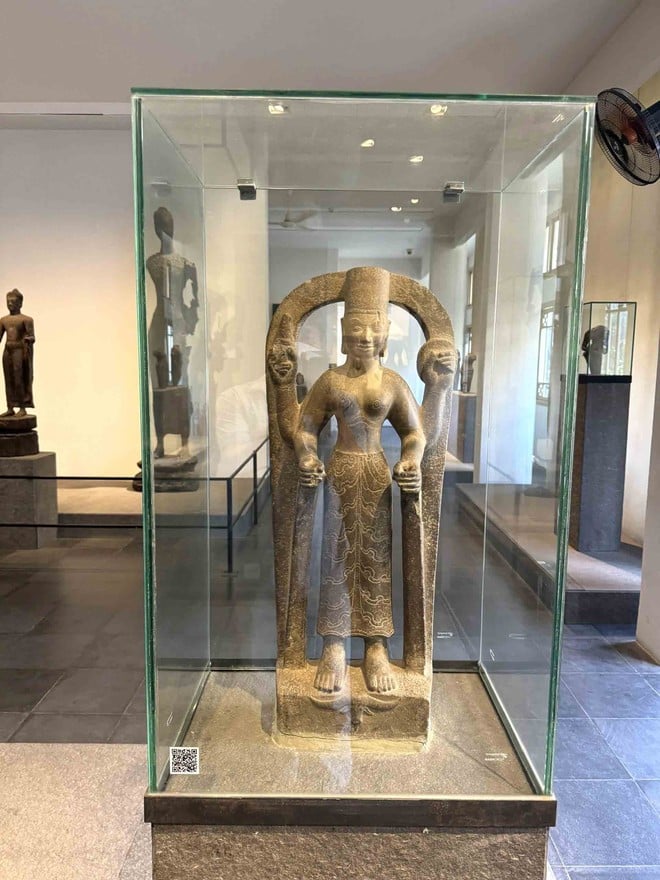

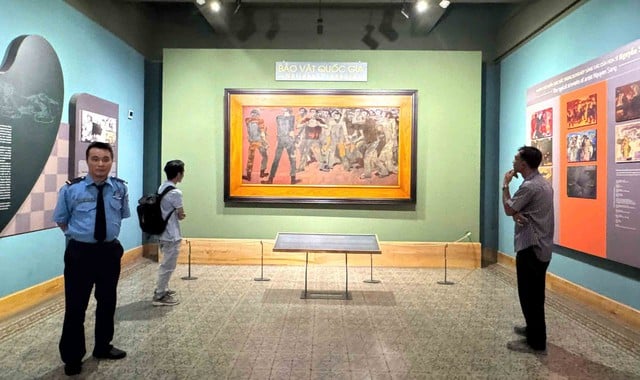
![[Photo] General Secretary To Lam attends the 8th Congress of the Central Public Security Party Committee](https://vphoto.vietnam.vn/thumb/1200x675/vietnam/resource/IMAGE/2025/10/4/79fadf490f674dc483794f2d955f6045)
![[Infographic] Notable numbers after 3 months of "reorganizing the country"](https://vphoto.vietnam.vn/thumb/1200x675/vietnam/resource/IMAGE/2025/10/4/ce8bb72c722348e09e942d04f0dd9729)




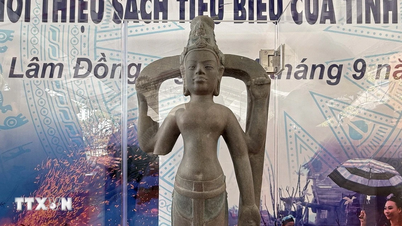



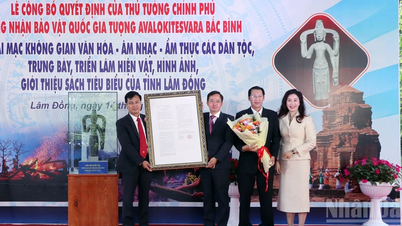



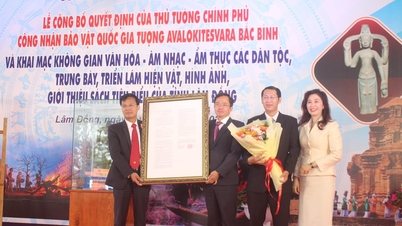


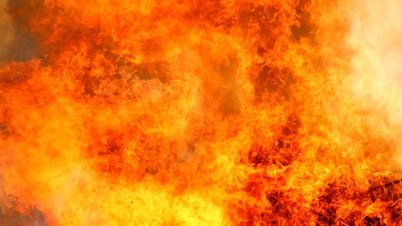



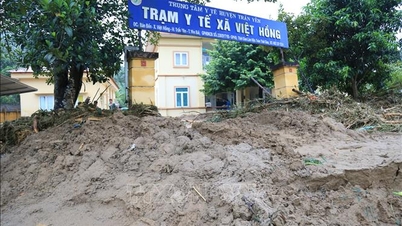
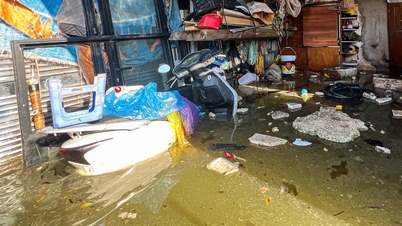

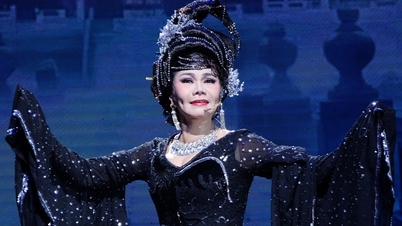




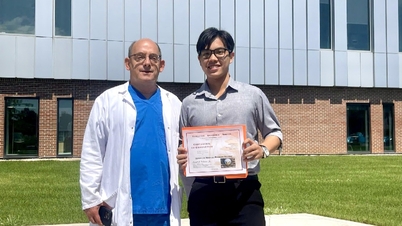


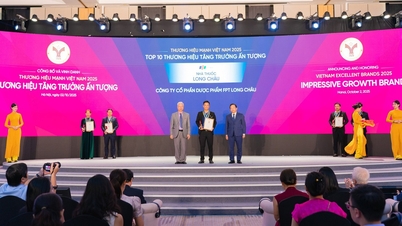
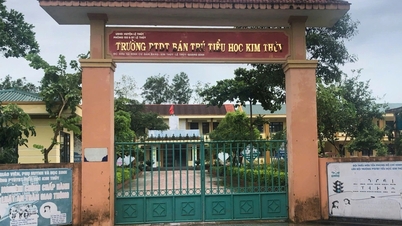

![[Photo] Students of Binh Minh Primary School enjoy the full moon festival, receiving the joys of childhood](https://vphoto.vietnam.vn/thumb/1200x675/vietnam/resource/IMAGE/2025/10/3/8cf8abef22fe4471be400a818912cb85)
![[Photo] Prime Minister Pham Minh Chinh chairs meeting to deploy overcoming consequences of storm No. 10](https://vphoto.vietnam.vn/thumb/1200x675/vietnam/resource/IMAGE/2025/10/3/544f420dcc844463898fcbef46247d16)






































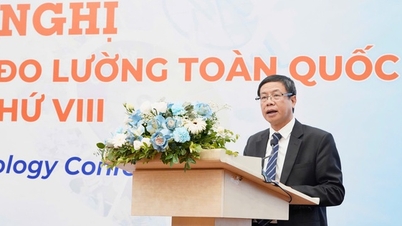

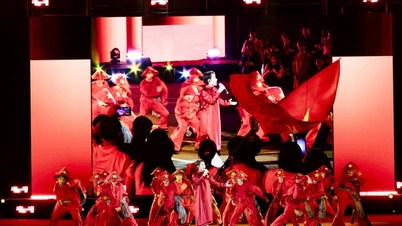





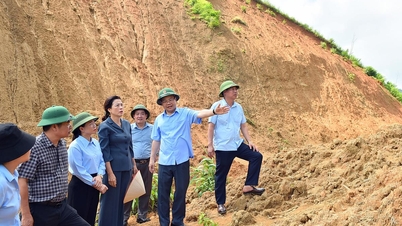

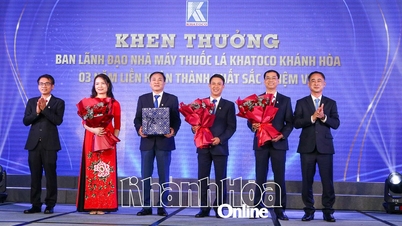

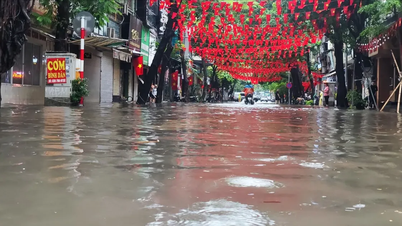

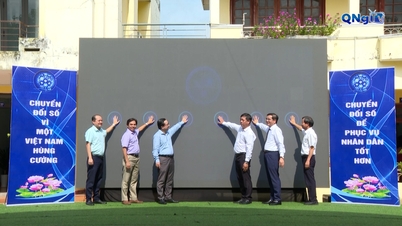

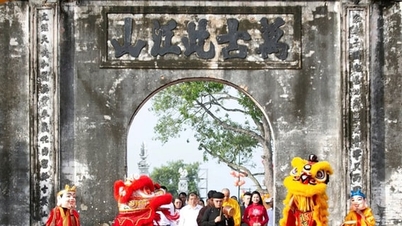
















Comment (0)